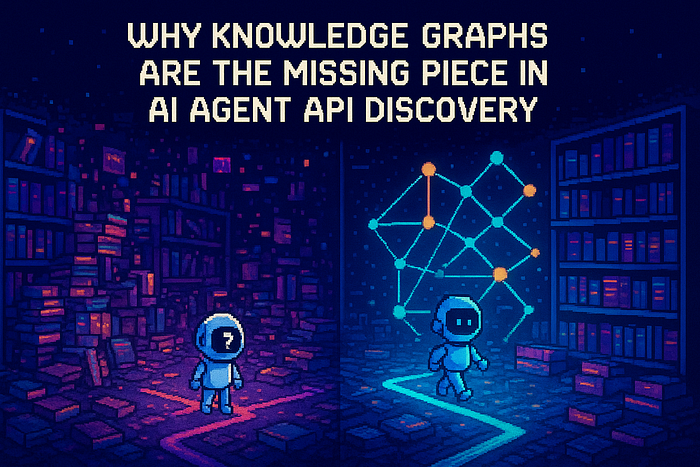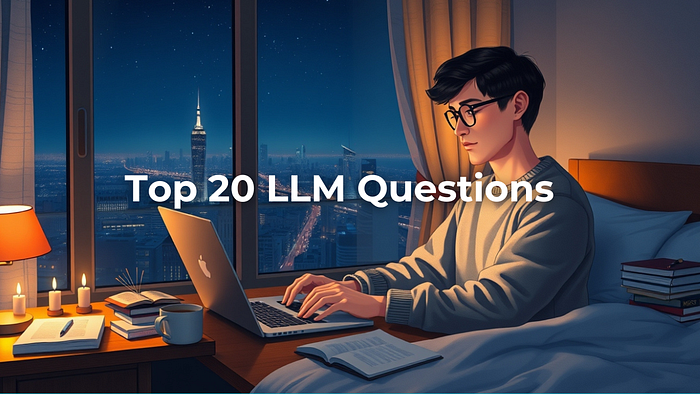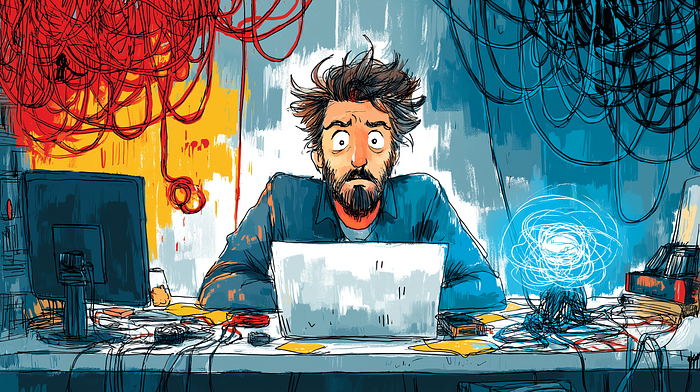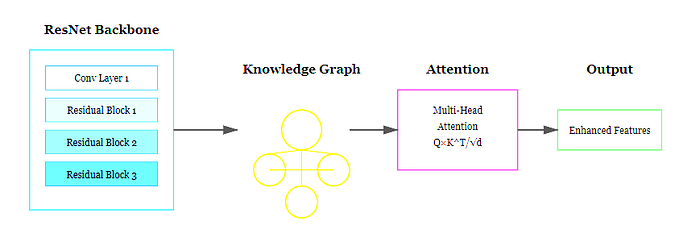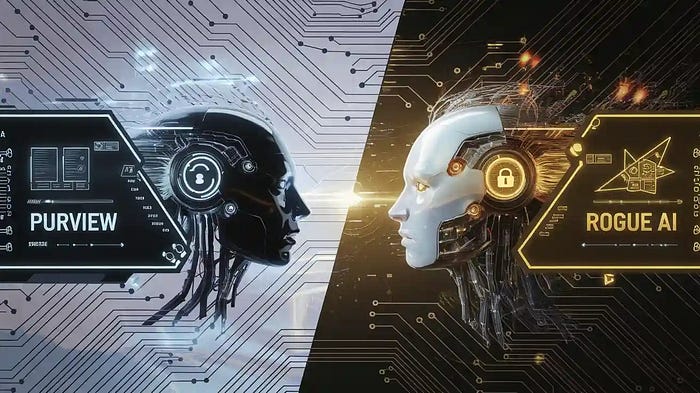
AI, Copyright, and DeepFakes: What the U.S. Copyright Office’s Latest Report Means for Businesses
Last Updated on February 5, 2025 by Editorial Team
Author(s): Myra Roldan
Originally published on Towards AI.
AI, Copyright, and DeepFakes: What the U.S. Copyright Office’s Latest Report Means for Businesses

The U.S. Copyright Office just dropped a two-part report on Copyright and Artificial Intelligence, and if you’re a business leader navigating AI-generated content, this is something you’ll want to pay attention to. These reports tackle two of the biggest legal questions in AI right now:
1. Part 1: Digital Replicas: AI-generated voices, deepfakes, and unauthorized likenesses, who owns your face, voice, or image in the AI era?
2. Part 2: Copyrightability: Can you claim copyright protection on content produced by AI?
What’s the Copyright Office’s stance? If AI made it, you probably don’t own it. The report raises serious implications for businesses that use AI for branding, content creation, or automation. And while some of the conclusions make sense, others feel a little outdated for the reality we’re already living in.
Let’s break it down what’s in these reports, what it means for businesses, and where the Copyright Office is getting it right (and wrong). I want you to remember that when we are talking about AI and the U.S. Copyright Office, we are talking about Generative AI.
AI and Digital Replicas: A Deepfake Problem Looking for a Law
Let’s start with Part 1: Digital Replicas. We’ve all heard about and seen AI-generated deepfakes. Like a politician giving a speech they never gave. A celebrity “endorsing” a product they’ve never used. A musician “singing” a song they never recorded. If you’re not in the public eye, you might think this doesn’t affect you, but digital replicas don’t just target the famous. AI-generated voices have already been used in ransom scams, and deepfake images are showing up in schools, used for bullying and blackmail.
But did you know that every day, at least 400 companies fall victim to CEO fraud. This is a sophisticated cyberattack that uses AI-generated deepfakes and phishing tactics to manipulate employees into transferring funds or disclosing sensitive information. Cybercriminals impersonate a company’s CEO or other executives, using AI-cloned voices, deepfake videos, or well-crafted emails to make fraudulent requests seem legitimate. The danger is especially high for businesses that haven’t kept pace with the latest advancements in AI-driven deception. Companies that lack strong security protocols, or simply assume their teams can spot a scam, are finding out the hard way that today’s deepfake technology is disturbingly convincing. What even more concerning is that 61% of companies don’t have protocols to handle deepfake attacks. While 31 percent of business leaders believe deepfakes have not increased their fraud risk.
Right now, there’s no federal law that directly addresses digital replicas. State laws vary, and existing privacy or publicity rights only go so far. The Copyright Office isn’t just pointing out the problem, they’re saying we need a new federal law that protects everyone, not just celebrities. They are making the right call.
But, we all know that the report is late to the party. Generative AI has already outpaced regulation, the genie is out of the bottle and we can’t put it back in. We also know that Congress isn’t exactly known for moving fast and with the ongoing chaos we are currently experiencing in our government it seems like it will only get slower. This means that businesses need to police themselves. If you’re using AI-generated voices, faces, or images in branding, marketing, learning and development, or customer interactions, (1) get clear licensing agreements, (2) train all employees to recognize deepfake media, and (3) build a layered cybersecurity defense that covers multiple attack vectors.
The Copyright Office is right to call for federal action, but wrong to act like this is a problem for the future. The problem has been here for over two years now. Let’s get with the program.
AI-Generated Content and Copyright: A Stuck-in-the-Past View of Creativity
The second report, Part 2: Coyrightabililty, asks a straightforward question: Can AI-generated works be copyrighted?
The Copyright Office’s answer: NO (period).
Their reasoning? Only humans can be authors. AI can help, but it can’t create something that qualifies for copyright protection. If you type a prompt into an AI tool, you’re not an author, you’re a user. Even if you refine the AI output, it’s only copyrightable if you contribute enough “original human creativity.”
Now, I know that there are several people who will read the previous paragraph and try to come up with a million different ways to try and “crack” the system. You’ll have arguments like, “well what if I am just using AI to put my thoughts into words?” or “What if I give AI a line drawing because I can’t draw and it makes the image from my line drawing?” All I have to say is, I don’t make the rules, I’m just sharing the rule.
Also, legally, this is consistent with existing copyright law. However, I do agree that it feel a bit outdated for the world we’re actually living in. AI isn’t just generating throwaway content, it’s being used by designers, writers, filmmakers, and musicians as part of a creative process. The idea that AI is just a tool, like a paintbrush or a camera, ignores the scale and complexity of AI-generated creativity.
Here’s where I think the Copyright Office got it wrong, some may argue that AI-assisted creativity is still creativity. The legal system just isn’t ready to define it yet. There are way to many grey areas.
So, What Should Businesses Do?
The Copyright Office hasn’t rewritten the rules just yet, but if you’re using AI-generated content, you can’t afford to wait for laws to catch up. Here’s what you should be thinking about right now:
1. Don’t assume you own AI-generated content. If AI creates it, you might not have exclusive rights. I just published a book on this very topic, its called “The Curious Case of ChatterBotGPT”. My advice, think twice before using it in branding, marketing, or intellectual property-heavy industries.
2. If you’re using AI-generated voices, images, or text, get explicit permissions. CYA! Licensing and contractual agreements will be more critical than ever to avoid lawsuits in the digital replica space.
3. Stay flexible. Copyright law is slow, but legal challenges aren’t. Courts, not Congress, may be the first to set real precedents on AI ownership. Keep your eyes and ears peeled.
4. Think beyond copyright. If copyright doesn’t cover AI-generated work, businesses may need to turn to trademarks, trade secrets, and proprietary data protections to secure ownership over their content.
5. Be transparent. Customers and employees are paying attention to how AI is used. Being upfront about AI-generated content can build trust and help you avoid backlash. Also have AI Use Policies in place for employees to follow.
Myra’s Final Take
Government regulators move the speed of molasses and tend to get stuck more frequently than not. AI moves faster than light speed. Businesses need to be proactive, not reactive in order to protect themselves. The Copyright Office’s reports are a step in the right direction, but they don’t go far enough in recognizing the reality of AI-powered creativity as it exists right now. They’re treating AI a trendy novelty when in reality, it’s already being integrated into how businesses and the general public create, communicate, and compete globally.
So I leave you with this questions: While the law drags its feet, what’s your move? Will you wait and hope for clarity, or take control now to protect your business before it’s too late?
Join thousands of data leaders on the AI newsletter. Join over 80,000 subscribers and keep up to date with the latest developments in AI. From research to projects and ideas. If you are building an AI startup, an AI-related product, or a service, we invite you to consider becoming a sponsor.
Published via Towards AI
Take our 90+ lesson From Beginner to Advanced LLM Developer Certification: From choosing a project to deploying a working product this is the most comprehensive and practical LLM course out there!
Towards AI has published Building LLMs for Production—our 470+ page guide to mastering LLMs with practical projects and expert insights!

Discover Your Dream AI Career at Towards AI Jobs
Towards AI has built a jobs board tailored specifically to Machine Learning and Data Science Jobs and Skills. Our software searches for live AI jobs each hour, labels and categorises them and makes them easily searchable. Explore over 40,000 live jobs today with Towards AI Jobs!
Note: Content contains the views of the contributing authors and not Towards AI.



